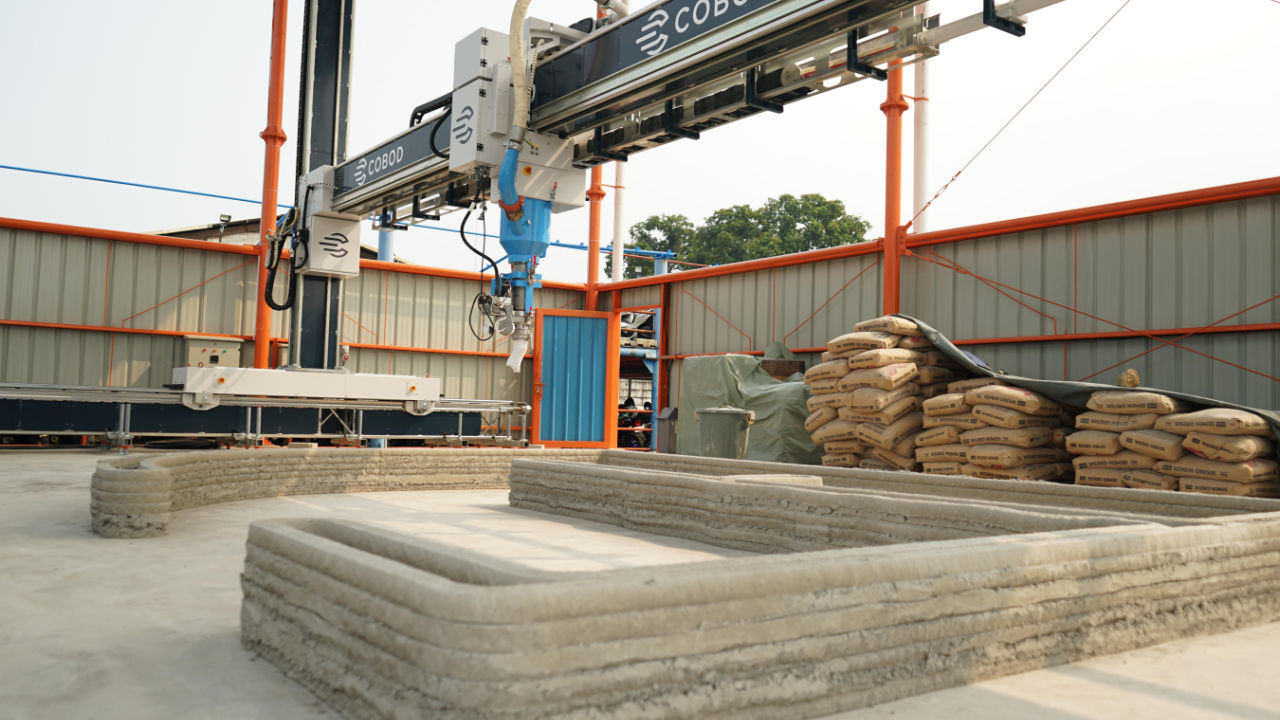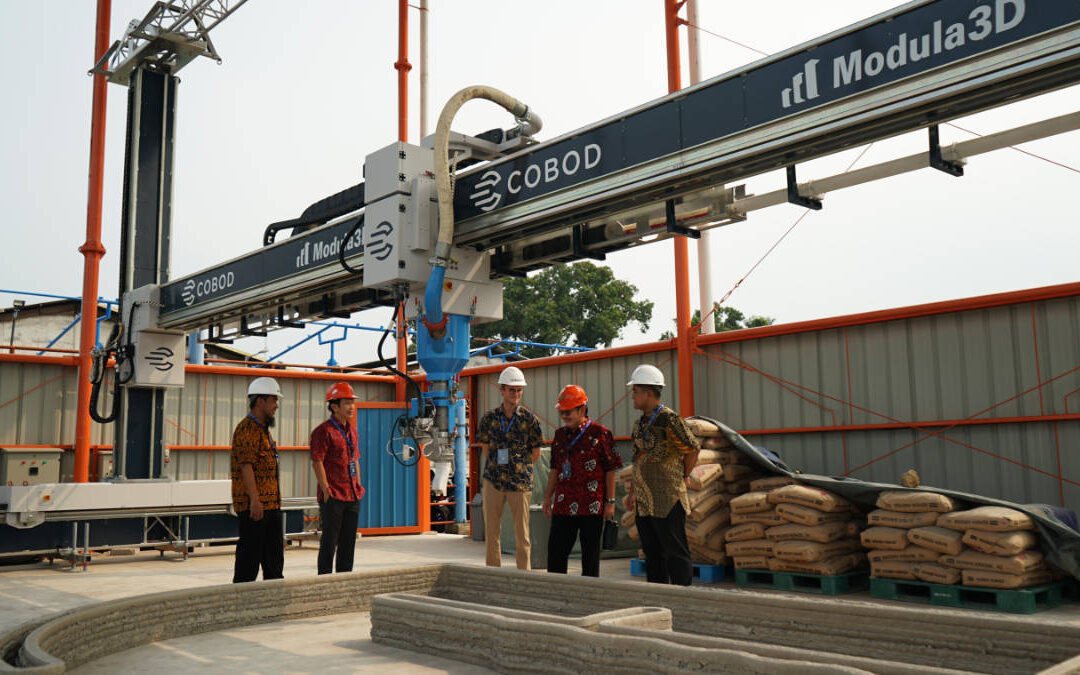The Paris Agreement, adopted in 2015, is a landmark international treaty aimed at limiting global warming to well below 2 degrees Celsius, with efforts to keep it to 1.5 degrees Celsius. Achieving these targets necessitates a substantial reduction in greenhouse gas emissions across all sectors, including construction, which currently accounts for nearly 40% of global carbon emissions.
To meet these ambitious goals, the construction industry must undergo a paradigm shift towards sustainability. Traditional construction methods, characterized by high material waste, energy consumption, and carbon emissions, are no longer viable. This is where 3D construction printing emerges as a game-changer.
3D construction printing, also known as additive manufacturing, involves creating structures by layering materials based on digital models. This technology offers several significant advantages that align with the sustainability mission:
- Material Efficiency: Traditional construction methods often lead to substantial material wastage. 3D printing, however, uses materials more efficiently, with precision layering that minimizes waste. This reduction in material usage directly translates to lower carbon emissions.
- Energy Conservation: 3D printing requires less energy compared to conventional construction processes. The streamlined and automated nature of 3D printing reduces the need for multiple energy-intensive steps, such as transporting and processing materials.
- Reduced Carbon Footprint: By localizing production and utilizing sustainable materials, 3D printing can significantly cut down the carbon footprint associated with transportation and material extraction. Furthermore, the ability to design and construct complex geometries enhances the structural efficiency of buildings, leading to further reductions in material and energy usage.
- Speed and Cost Efficiency: 3D printing accelerates the construction process, reducing labor costs and construction time. Faster construction timelines mean less energy consumption over the duration of the project, contributing to overall sustainability.
- Design Flexibility and Innovation: 3D printing opens up new possibilities for architectural design. The ability to create complex and organic shapes without additional cost or material waste allows architects to explore innovative designs that enhance natural ventilation and light, reducing the need for artificial climate control.
Modula Tiga Dimensi can be a transformative force in the Indonesian construction landscape. By integrating COBOD International’s 3D printing technology with local expertise and resources, it can drastically reduce construction waste and energy consumption. It embodies a commitment to sustainability, offering a scalable solution that supports Indonesia’s national goals for reducing emissions and promoting green building practices.






